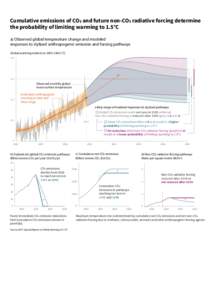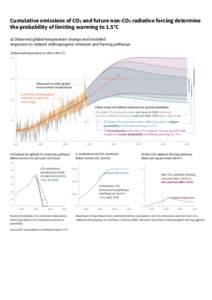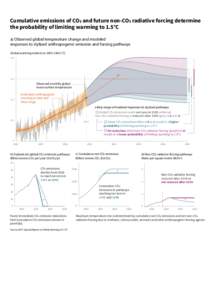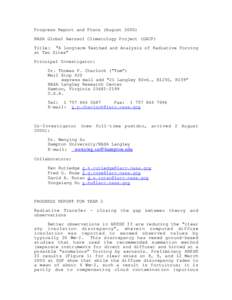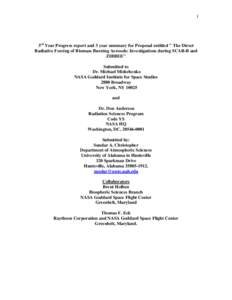<--- Back to Details
| First Page | Document Content | |
|---|---|---|
Date: 2012-01-06 21:37:30Atmospheric sciences Representative Concentration Pathways Special Report on Emissions Scenarios Economics of global warming IPCC Third Assessment Report Radiative forcing Greenhouse gas IPCC Second Assessment Report Climate change Intergovernmental Panel on Climate Change Climatology |
Add to Reading List |
 Representative Concentration Pathways (RCP’s) A new Special issue of the journal Climatic Change describes four new key scenarios for the climate research community: the Representative Concentration Pathway (RCPs). T
Representative Concentration Pathways (RCP’s) A new Special issue of the journal Climatic Change describes four new key scenarios for the climate research community: the Representative Concentration Pathway (RCPs). T